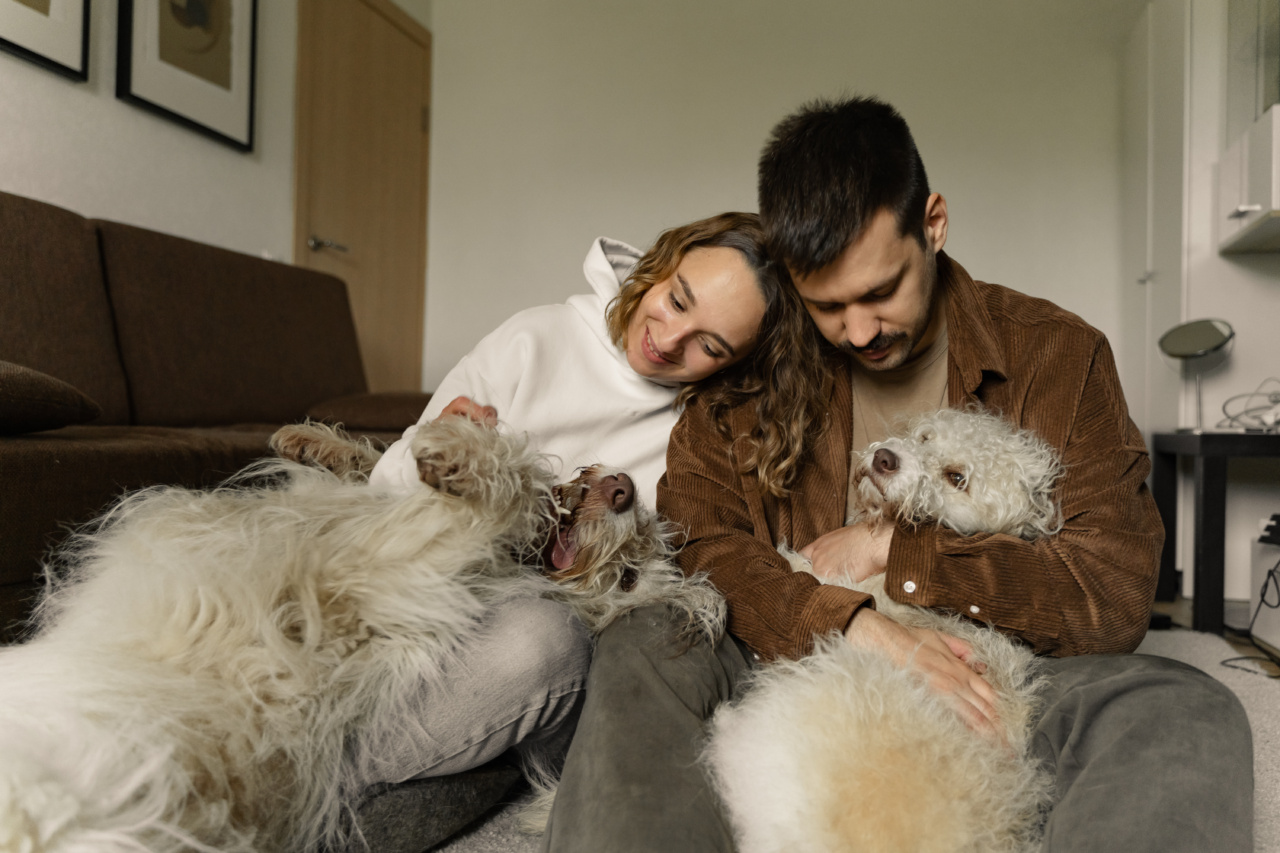Many humans love to hug their furry friends; after all, it’s a way to show them love and affection.
However, have you ever wondered if dogs actually enjoy being hugged? While some dogs seem to love being embraced, others may feel uncomfortable or even anxious. We have reached out to some experts in the field to provide more information on this topic.
What is a hug, and how do dogs perceive it?
A hug is a physical gesture in which one person wraps their arms around another person or animal. Humans often use hugs as a way to express emotion, such as love, admiration, comfort, or congratulations.
However, dogs might perceive a hug differently than humans do, and that’s because they have their language, which is mostly nonverbal. According to Dr. Lynn Buzhardt, a veterinarian at VCA Hospitals, hugging is not a natural behavior for dogs. “While many dogs will tolerate a hug, some may feel trapped and uncomfortable,” she explains.
“Dogs don’t necessarily recognize hugs as a sign of affection like humans do, and they might perceive them as a threat or a challenge.”.
Why some dogs don’t like hugs and what are the signs?
Some dogs feel uncomfortable or anxious when hugged by their owner or a stranger, and that’s because they might perceive it as a form of restraint or a violation of their personal space.
Dogs are naturally social animals that enjoy physical contact with other dogs and humans, but it has to be on their terms and depending on their personality, socialization history, and the context.
For example, a dog that has not been adequately socialized may develop fear or aggression towards people or other dogs, and they might feel uncomfortable or threatened when being hugged.
Also, some dogs don’t enjoy hugs regardless of their socialization history, and they might display clear signs of discomfort, such as:.
- Whining or growling
- Panting or breathing heavily
- Trying to escape or squirming
- Turning away from the person or burying their head
- Showing whites of the eyes or tensing up
These behaviors indicate that the dog is not comfortable with the hug, and they might be trying to communicate their discomfort or anxiety to the person doing the hugging.
When is hugging your dog okay, and when is it not?
While hugging your dog might be a natural and loving thing to do from a human perspective, it’s crucial to understand that not all dogs enjoy hugs, and some might even perceive them as a threat. According to Dr.
Rachel Barrack, a veterinarian, and founder of Animal Acupuncture, hugging your dog is okay if you know your dog well, and they are comfortable with it. “However, it’s essential to pay attention to your dog’s body language and take their cues seriously,” she advises. “If your dog seems tense or uncomfortable, it’s best not to hug them.”.
Moreover, hugging may not be appropriate in certain situations, such as:.
- When the dog is in pain or sick
- When the dog is eating, sleeping, or resting
- When the dog is meeting a stranger or another dog
- When the dog is stressed or anxious
In these situations, hugging your dog might be inappropriate, as it could result in negative behavior or escalate the situation.
It’s essential to respect your dog’s boundaries and communicate with them using positive body language and vocal cues that they can understand.
Alternatives to Hugging Your Dog
If you want to show your dog affection but are unsure whether they like hugs or not, there are many other ways to express love and strengthen your bond. For example:.
- Petting your dog gently
- Playing with them using interactive toys
- Going for a walk or a run together
- Giving them treats or praise when they do something good
- Talking to them in a soothing voice
These activities can provide your dog with positive reinforcement and show them that you care and appreciate them without imposing physical restraint or invading their personal space.
Moreover, they can help strengthen your bond with your dog while respecting their individuality and preferences.
The Final Verdict
So, do dogs like hugs? The answer is that it depends on the dog and the situation. While some dogs seem to enjoy hugs and seek physical contact with humans, others might feel uncomfortable, anxious, or threatened.
It’s crucial to respect your dog’s boundaries and communicate with them using positive cues that they can understand. Moreover, it’s essential to pay attention to your dog’s body language and take their cues seriously. If your dog seems uncomfortable, tense, or shows signs of anxiety, it’s best not to hug them.






























